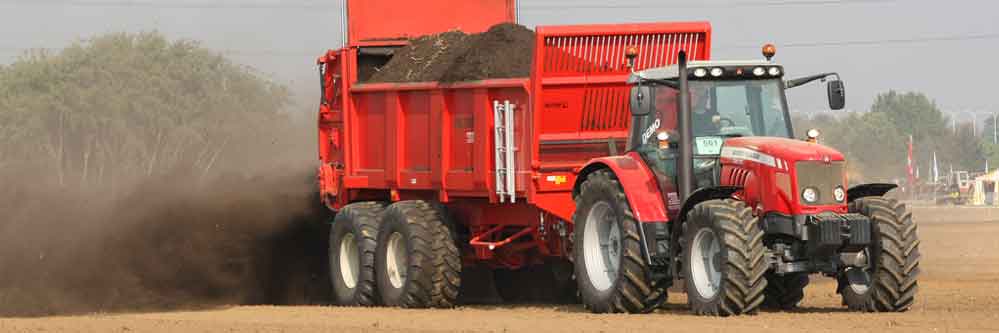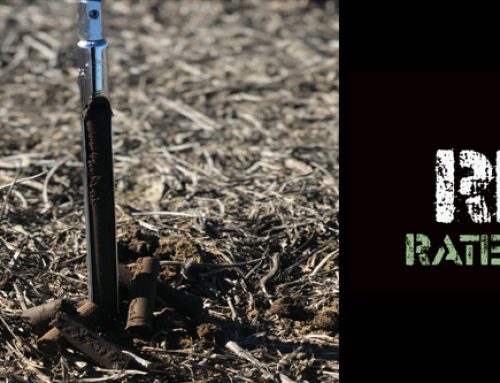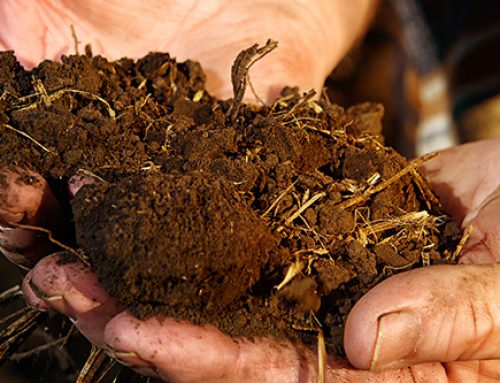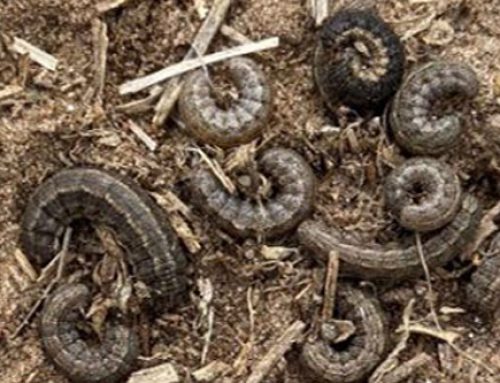The cost of commercial fertilizer is a significant expense each year for crop production. But fertilizer has always been an input with a positive return on investment when applied at proper rates, and when replacing nutrients that are deficient in soils.
One fertilizer source that is usually in great demand where available is manure. Beef feedlot manure is the product that is most accessible in this region, although other sources, such as dairy and swine are available to a lesser degree. The majority of manure is dry stockpiled manure. In areas close to feedlots or dairies, liquid manure or lagoon water is available as a nutrient source as well.
There is a wealth of nutrients in properly managed stockpile manure. Manure contains significant amounts of Phosphorus and Potassium, as well as moderate to high amounts of many micronutrients. Nitrogen amounts vary significantly in manure, and there are many factors that affect the final amount of useable Nitrogen from the manure application.
In order to get a handle on exactly what is being applied to your fields, it is recommended that a manure sample is collected and tested. The analysis usually indicates the number of pounds per ton of each nutrient, and also a percentage of how much is available the first year. This information is valuable, especially for those out years. Think of manure as a bank. Typically there is a 2-5 year supply of certain nutrients in a manure application. So, if the upfront hauling and application costs are manageable, then manure can be an economical and efficient way of supplying your fertilizer needs. When you have adequate levels of nutrients, such as P, K and Zn already available in your fields, there is increased flexibility when applying the remainder of the nitrogen needs, as well as starters.
There are some cautions that need to be considered when applying manure to fields. Obviously, the upfront costs need to be considered. If stockpiled manure is not properly managed and composted, weed seeds can be spread along with the manure. In some cases, these weeds can be resistant to certain families of herbicides. A certain amount of debris, such as concrete is also delivered with manure. This can be an issue, especially if the manure is applied to an established alfalfa field or other hay forage. Compaction from the application can be an issue in certain instances, but this can usually be managed by applying manure when soils are drier, and while the ground is frozen.
Consider these issues, but don’t let these negatives keep you from utilizing this source of fertilizer. When managed properly, manure is a great option to meet your fertility needs.
If you would like to manage manure better on your fields, your Crop Quest Agronomist can collect a manure sample and recommend proper application rates for your fields. It is also possible to apply manure at different rates in your fields using management zones. We have the tools available to set up those zones and write prescriptions for variable applications as well. This adds another level of efficiency to managing manure in your operation.
Featured Imaged: 1DM39299, werktuigendagen, flickr.com





